Map Online Disinformation
Understanding the landscape of disinformation in renewable energyMap Online Disinformation section is dedicated to systematically identifying, analysing, and mapping misleading narratives related to renewable energy. By combining a Systematic Literature Review (SLR) with an extensive Digital Network Analysis, this research aims to uncover the mechanisms through which disinformation is created, disseminated, and reinforced across different platforms.
Explore our latest findings and access interactive tools for tracking misinformation in renewable energy discourse.
Disinformation about renewable energy does not work in isolation — it is embedded in broader political and ideological conflicts that shape public attitudes towards sustainability. By combining academic research and real-world digital analysis, this project provides a comprehensive, multi-layered perspective on the challenges posed by online misinformation. Understanding these dynamics is critical to building societal resilience to disinformation and ensuring that the public discourse on renewable energy is based on facts and not manipulation.
1. Systematic Literature Review (SLR): Tracing the roots of disinformation
The first phase of this research involves a comprehensive review of academic and grey literature to establish a conceptual framework for understanding disinformation in the renewable energy sector. This systematic review allows us to identify key themes, recurring patterns of misinformation and the rhetorical strategies used to distort public perceptions. By analysing peer-reviewed studies, policy reports, media articles and institutional documents, we can understand how certain narratives evolve over time and how they intersect with political, economic and social factors.
One of the main aims of this research is to reveal the ideological and strategic motivations behind disinformation campaigns and to examine how vested interests and political agendas contribute to the spread of misleading content. This includes categorising the most prevalent forms of misinformation, such as claims that renewable energy is unreliable, economically unfeasible or part of a larger geopolitical conspiracy. It also assesses how previous research has approached the topic and identifies gaps that need to be addressed through empirical research.
The insights gained from this literature review will serve as the basis for the next phase of the study, which will allow us to develop robust methods for detecting and analysing disinformation in real-time digital environments.
2. Digital Network Analysis: Mapping online narratives
Building on the knowledge gained through the literature review, the second phase focuses on the real-time detection, monitoring and analysis of disinformation on digital platforms. This includes tracking the spread of misleading narratives on social media, forums and alternative news websites, with a particular focus on platforms such as Facebook, Reddit, YouTube, X (Twitter) and Telegram.
To systematically identify and map these narratives, we utilise advanced digital research techniques including Natural Language Processing (NLP), sentiment analysis and network mapping. By using NLP tools, we can recognise patterns in misinformation discourse, identify recurring keywords and classify content based on its emotional and ideological tone. This process is further enhanced by semantic annotation, where predefined categories such as “Renewable energy is a scam” or “Global conspiracy” are created so that misleading content can be automatically labelled.
Another important aspect of this phase is the refinement and validation of the data through manual analysis. While automated tools provide rich insights, human expertise is essential to ensure accuracy, especially when it comes to ambiguous content, sarcasm or coded language that circumvents fact-checking mechanisms. Our methodology also includes Boolean logic and customised search queries that enable precise filtering of disinformation sources. By developing highly specific queries, we can detect not only individual pieces of misinformation, but also broader, coordinated campaigns aimed at influencing the public discourse on renewable energy.
As part of this analysis, we are developing interactive data visualisation tools to illustrate the evolution and impact of disinformation narratives over time. By mapping the relationships between different actors, influencers and content producers, we gain a clearer understanding of how misinformation spreads and who amplifies it. The ultimate goal of this research is to provide evidence-based insights that can support policy makers, educators and civil society organisations in their efforts to effectively combat digital disinformation.

